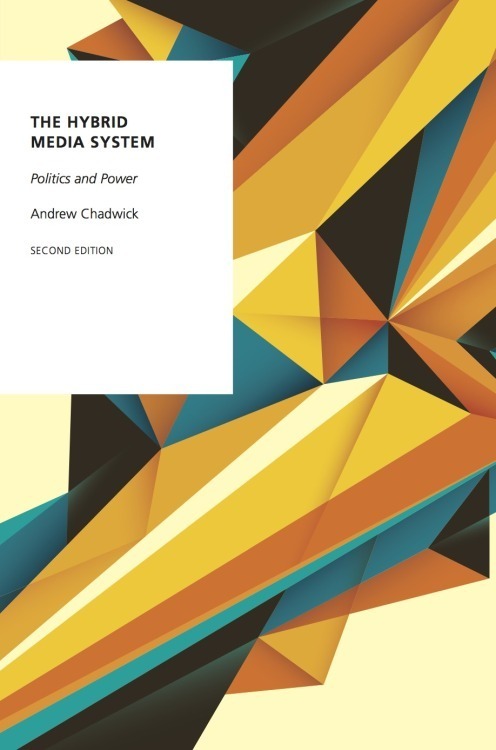New Study from the OCEANS Project: Effects of Different Types of Written Vaccination Information on Covid-19 Vaccine Hesitancy in the UK (OCEANS-III): A Randomised Controlled Trial
/The latest study from the OCEANS vaccine hesitancy project is out today in The Lancet Public Health.
Our most recent study before today, published in Social Media+ Society in early April, examined the role of media diet and online social endorsement in addressing vaccine hesitancy. In that study, based on the OCEANS II survey in October 2020, we made some recommendations on how to get the best out of a public communication campaign based on providing clear and transparent vaccine information in direct communication, broadcast advertising, and social media advertising— a campaign that takes account of the hybrid media system and the fact that information will be (and needs to be) shared by people in their everyday online networks. That was a study of the “where” of communication—the specific media, information settings and affordances that matter in spreading a message.
After the October survey, the key question we pondered was this: beyond clear and transparent information about the vaccines, how, specifically, should public health communication messages be crafted to address vaccine hesitancy? This is about the “how” of communication, and it is, of course, crucially important.
It rests on the assumption that public health communication involves narratives, persuasion, and factual information beyond the established scientific fact that the vaccines are safe and effective.
Enter OCEANS III, out today in The Lancet Public Health.
With OCEANS III, we developed ten different information messages and tested their impact on vaccine hesitancy. To do this, we held a randomized controlled trial involving 18,885 UK adults.
The findings surprised us. You can read all about them in the published article.
But, surprising as they are, the findings make sense, given how the sample was divided between the strongly hesitant, the doubtful, and the willing, and the specific wording used for information condition five—personal benefit. We thought long and hard about the design of the information conditions. There was a great deal of engaging discussion about the role of the second person pronoun and the inclusion of statistics on the risks of long Covid in condition five.
None of the ten information conditions tested “backfired” by increasing vaccine hesitancy. This shows that the overwhelming majority of the UK public are, at this point, clearly convinced by the collective benefits and safety of the Covid-19 vaccines.
Yet, among the approximately 10 percent of the UK population who are still strongly hesitant about Covid-19 vaccines, providing information on personal benefit reduces hesitancy to a greater extent than information on collective benefits. Messaging that stresses the personal benefit—in the way we tested it in the trial—is therefore likely to prove most effective for those who are most opposed to getting vaccinated.
This is all the more important as the crucial next phase of the UK vaccination programme reaches the under-40s, the easing of social distancing continues, and the new variant of Coronavirus diffuses across the UK.
As ever, I encourage you to read our article and the appendix. It’s all free and open access.
Daniel Freeman, OCEANS leader and the lead author on this latest study, has written a blog post about the article for The Conversation. The research was also reported on by The Guardian. A big thank you to Daniel.
Special thanks also the trial statisticians, Bao Sheng Loe, Milensu Shanyinde, and Ly-Mee Yu, for their excellent work on this study.




